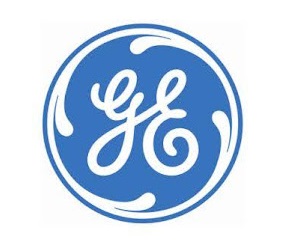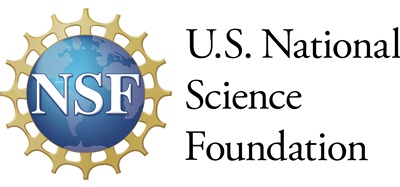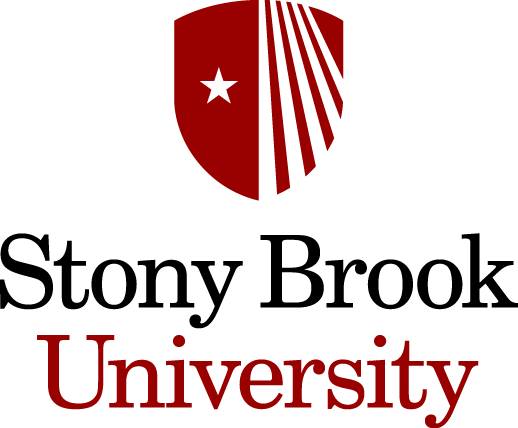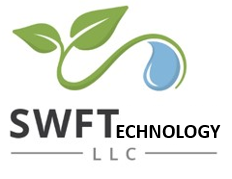AERTC Completed Projects
The Advanced Energy Research and Technology Center has engaged in a variety of projects with our industrial and academic partners, including Sunrise Wind LLC, SWF Technology LLC, and Stony Brook University.
View our completed projects below.
Principal Investigator: Dr. Shikui Chen (SBU)
Industrial Partner: General Electric Company/National Science Foundation

Project Summary: The GE Renewable Energy Offshore Wind Project aimed to develop a more environmentally friendly and cost-effective generator for offshore wind turbines. Existing generators relied on rare-earth-based permanent magnets, which were both expensive and environmentally detrimental.
This project utilized topology optimization methods to design a simplified 2D outer rotor direct-drive wind power generator, with the goal of minimizing rare earth material usage while maximizing magnetic energy and achieving the target magnetic field in the air gap. Preliminary results indicated that the optimized design surpassed the original in both efficiency and cost-effectiveness.
This work made a significant contribution to the advancement of sustainable offshore wind energy technologies. The unconstrained topology optimization results were shared with GE for further evaluation.
Principal Investigator:Dr. Fang Luo (SBU)
Funding Source: Sunrise Wind LLC and Stony Brook University

This project objective was to conduct (1) a systematic comparative study of different HVDC architectures, (2) develop an extended bandwidth model for coupled HVDC system simulation, and (3) perform OSW HVDC benchmarking in software and HIL platforms. The research team leveraged its existing efforts to explore cross-platform networked simulation and research concepts for OSW research integration.
In addition to the technical tasks, the research team conducted a marketing study report focused on the Long Island, New York City, downstate region for HVDC technology competitiveness, including market size and value, the current IP landscape, opportunities for NY businesses, technology providers, and competition strategy options.
Principal Investigator: Dr. Yifan Zhou (SBU)
Funding Source: Sunrise Wind LLC and Stony Brook University

Interconnecting gigawatts of offshore wind into the New York power grid poses critical challenges to the operation of weakened grids, leading to stability, security, and congestion issues. This project focused on enabling seamless grid integration of ultra-scale offshore wind energy with assured stability, security, and resilience to bolster renewable pathways in New York grids.
Work conducted included the following: (1) developed high-fidelity modeling and ultra-scalable formal analytics to support large offshore wind integration into weak grids; (2) established new stability enhancement services to underpin unprecedented visibility of stability risks and mitigation of stability hazards in meshed offshore wind grids; and (3) provided coordinated management of offshore wind generations, energy storages, and power-to-hydrogen (P2H) to elevate the operational flexibility of weak grids penetrated by ultra-scale offshore wind farms.
Principal Investigator:Dr. Peng Zhang (SBU)
Funding Source: Sunrise Wind LLC and Stony Brook University

To tackle the unprecedented challenges due to ultra-scale offshore wind integration, this project focused on the development of high-voltage direct current (HVDC) offshore grid technologies to enable resilient and secure renewable pathways in New York and neighboring regions. The overarching goal was to relieve congestion in transmission corridors and mitigate various security constraints that could block wind power from being delivered to load centers.
To this end, the SBU team developed technologies that helped (1) establish resilience-enabling controls in HVDC offshore grids and (2) enable mesh-ready and meshed HVDC offshore networks for provably flexible and resilient offshore wind generation and delivery.
Principal Investigator: Dr Benjamin Hsiao (SBU) and James Acquaviva (SBU)
Funding Source: SWF Technology LLC
This project focused on advancing the development of a biomass reactor for the purpose of energy-efficient and sustainable nitrogen production. This project details the optimization and scaling of the Nitro Oxidation Process (NOP) utilizing a 50 L reactor. The study focused on overcoming the challenges associated with Nitro Oxidation Process (NOP), including the management of byproducts, nitric acid consumption, and achieving a higher degree of oxidation. The study successfully scaled the NOP to a 50 L reactor, addressing key challenges associated with a high nitric acid consumption. The optimized process demonstrated potential for industrial applications, with significant reductions in NOx emissions and nitric acid consumption, thus enhancing the environmental and economic feasibility of the process. The scalability of the NOP method was confirmed, showing consistent performance in the 50 L reactor compared to smaller-scale experiments. The process optimization resulted in improved yield and degree of oxidation, though further enhancements are necessary to fully overcome the limitations of the method. Future work should focus on further optimizing reaction conditions, exploring alternative oxidizing agents, and conducting comprehensive environmental impact assessments.
Additionally, long-term stability and performance evaluations of the scaled-up process will be crucial for its successful industrial implementation. This project provides a strong foundation for the continued development and industrialization of the NOP method, contributing to the advancement of sustainable and efficient production techniques for carboxy cellulose.
